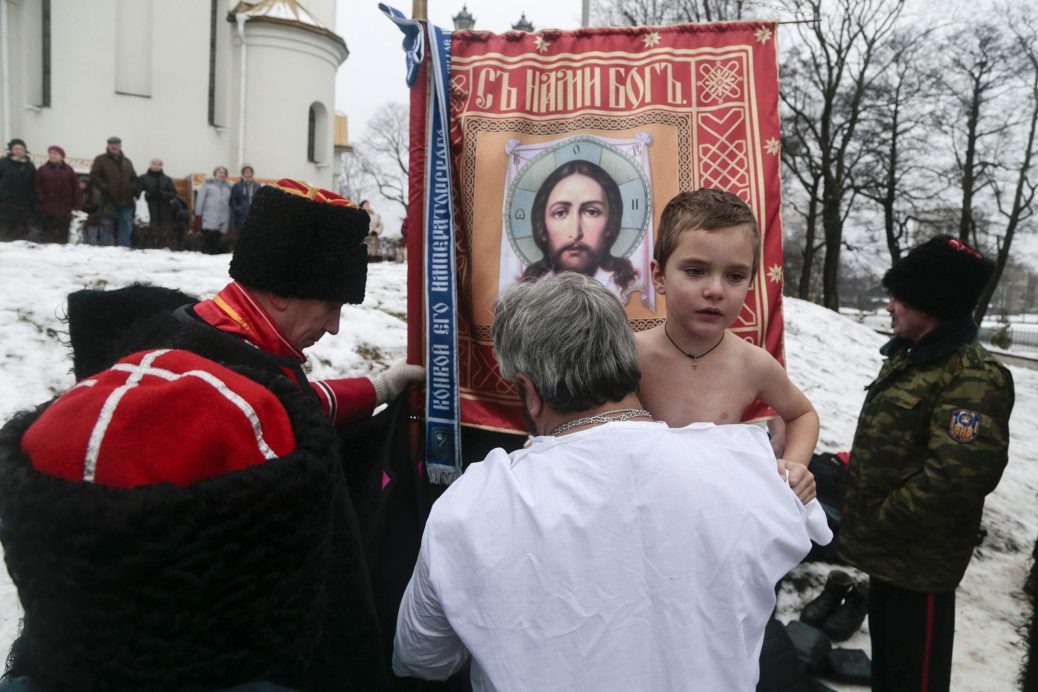Ilya Shtutsa: the 2018 Exibart Street Contest Winner
Dear Ilya first of all congratulation. You are the winner of our first street photography competition and we are very happy to make this interview with you.
Thank you very much, I’m so happy to find it out! And I’m happy to answer your questions too.
Can you tell something about yourself ?
Well, I’m a human, basically… My body is male, 46 years old and 6 ft 4 in tall, I have a Russian passport and think most of the time in Russian. I’m an amateur musician.. Last seven years I live in St. Petersburg. But does it all define who I am? Or, maybe, it’s enough just to repeat Alister Crowley sentence that every man and woman is a star?
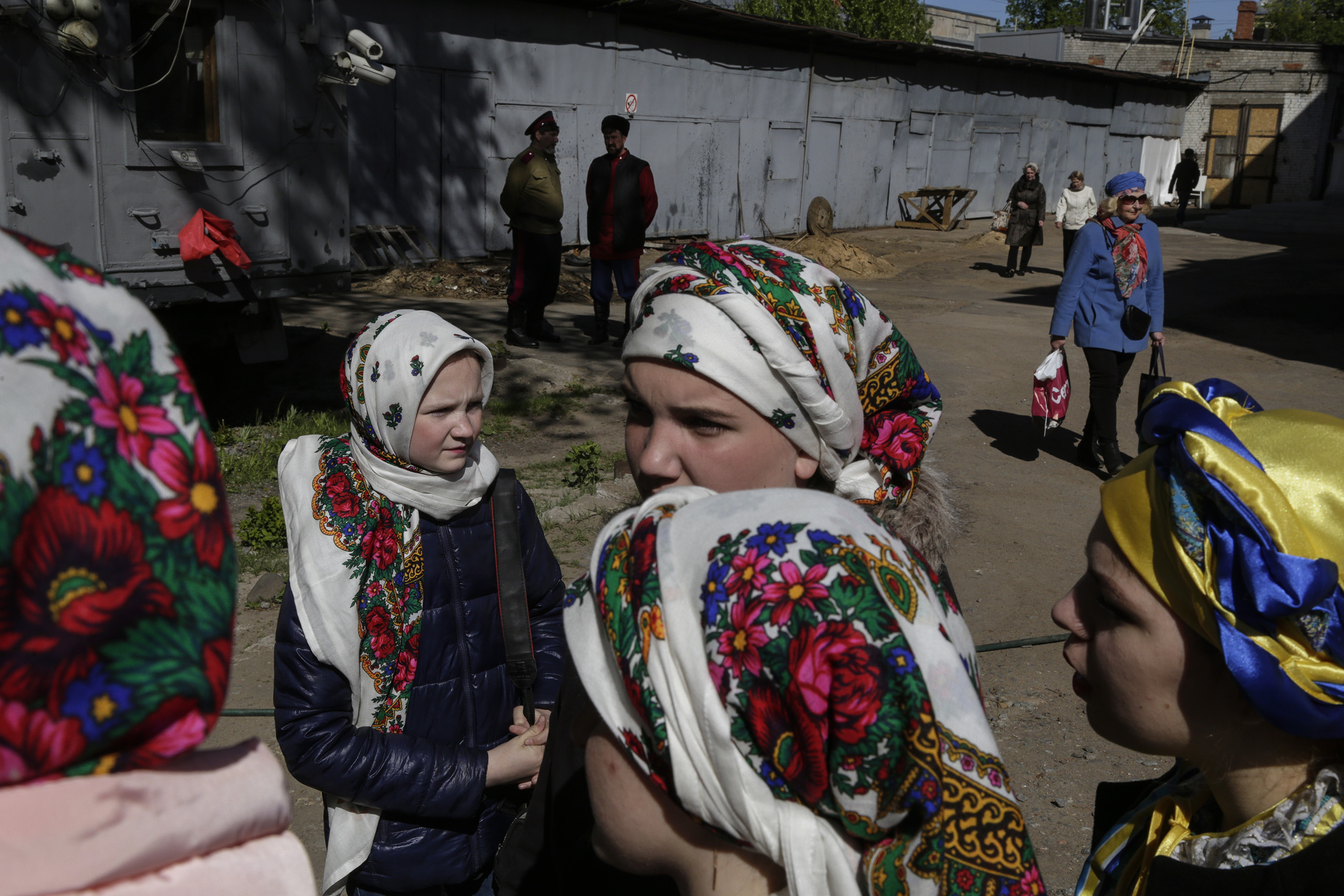
What led you to begin doing street photography in the first place?
I think, all my previous life. I always loved to walk a lot and explore. I considered my whole life and my relationship with the world rather as an interesting game. And I used to write poems before starting doing street photography. All this, I think, is very good preconditions.
But if you ask why I became interested in street photography, what happened exactly, than it’s a different question. For me starting point was an issue of a Russian magazine Digital Photo, which I found occasionally in 2007, I think. There was an article about English street photography with pictures of Matt Stuart, Nick Turpin and David Solomons. These pictures made a real wow-effect on me, I remember that I thought – this is what a camera was intended for! I had only a phone with a very poor camera inside, but I experimented with it until I bought my first DSLR in 2009, and then all this story has really begun.
How would you define your photographic style?
It’s not an easy question. I prefer not to define it at all and not to be caught in the style trap. Of course there are some basic things – I shoot candidly, I do not alter images in photoshop, and I’m always try to find something new. But it’s exactly what all street photographers do, what the street photography in general is about.
You know, there is a Russian fairy-tale which is called “Go don’t know where, bring don’t know what”. For me it’s the essence of street photography, this fairy-tale gives a strong description of the main method and the game in whole. And it isn’t about the title only. In this tale a king gives this task to a soldier in hope that he will die while trying to perform it and the king will be able to marry soldier’s beautiful wife. The task looks obviously impossible to perform, but the soldier has no choice, he goes out and finally meets something mysterious, a voice from the sky, which helps him to do it and fight his life and his wife back.
A street photographer find himself in the same situation (a bit less dramatic, maybe – there is no evil king who would motivate him so hard). He has to go out and find something new, something he hasn’t seen before. But it still isn’t enough – he has to make a good photograph! You remember, it was Robert Doisneau who said “If I knew how to make a good photograph I would made them every day”. To say “I’ll go out and make a good photograph” is as strange as “I’ll sit right now and write a good poem”. It don’t works this way. You had to be lucky and meet this fairy-helper, this voice from the sky. Or you have to be a shaman in some sense and then you know the way how to find this force and be in contact with it (but even if you are a modern city shaman, there is no warranty).
Anyway, performing a task which you exactly know how to perform isn’t art, maybe it’s a craft, know-how, but not art. Art starts when you set yourself a task which looks impossible.
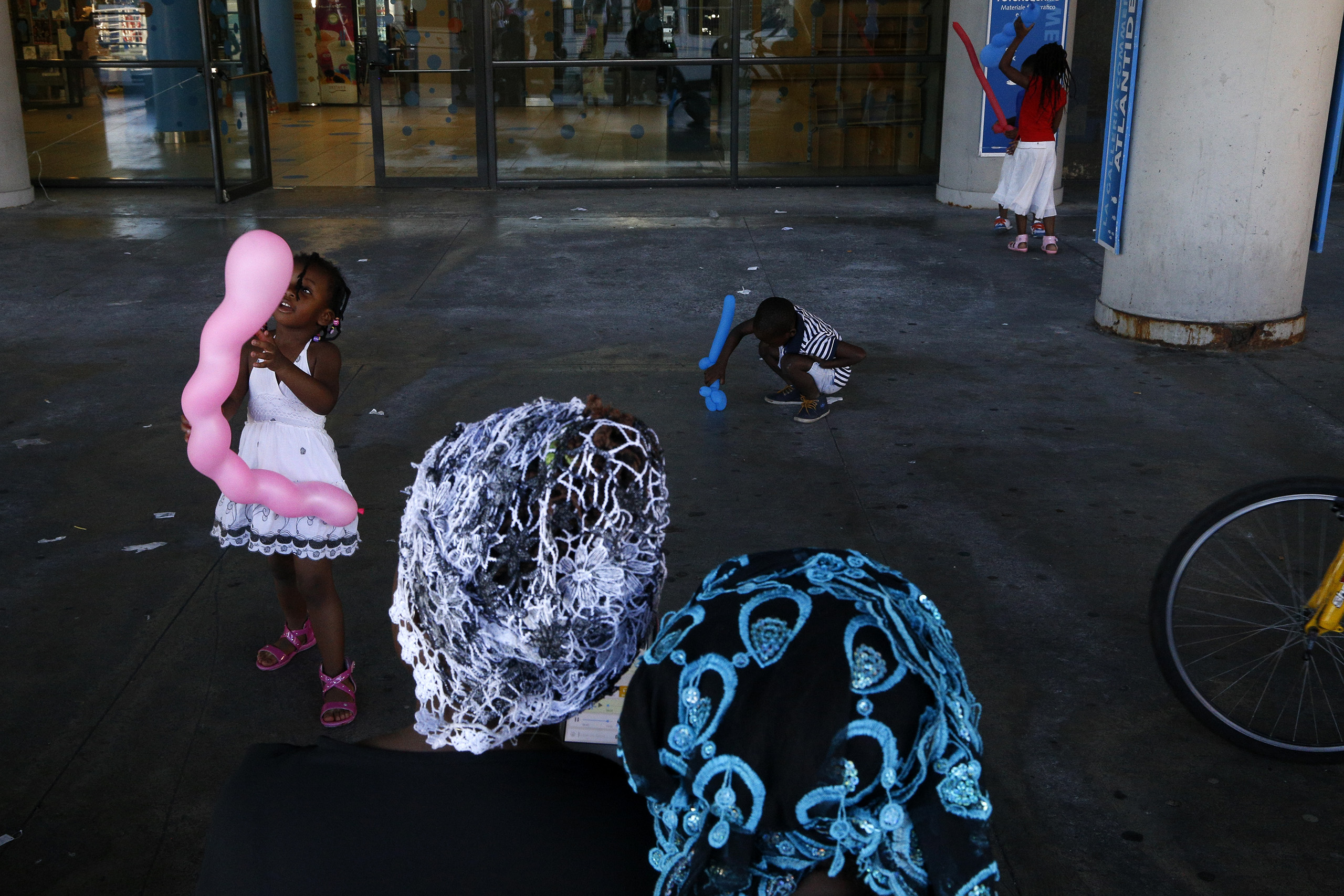
Have you ever studied at a photography school or are you a self-taught artist?
For me the best school was Street Photography Now Project, which started in 2010, I was lucky to discover and join it almost in the beginning. It was great – a year-long free masterclass of best street photographers! Each week you had to try a new approach, looked at the work of a new interesting photographer and it was also highly motivating. So the year of performing SPNP instruction really changed something in me, it had put in my mind seeds many of which has grown much later.
Beside this, I studied documentary photography in 2011 at Andrey Chepakin photography school and later, in 2015, I had Sergey Maximishin’s class “Photographer as a storyteller”. I’m a very grateful to Sergey, indeed, because it’s in his class that I started to work on a big documentary project about all religions in St. Petersburg. It was a big work, and during the class I only half finished it, so I had to continue work on this project myself and now I’m working on a book. All that would not happen without Sergey, so it was a great experience for me.
What kind of equipment do you use and what role, in your opinion, does equipment have in street photography?
I’m not a gear fan, I think the best camera is that I have at the moment. Most of the time I used to shoot with Canon DSLR cameras, my first one was Canon 450 D and last Canon 6D. Now I also have a Sony a7III camera, it’s pretty light-weight in comparison with Canon 6D. I think that there is no difference which equipment you use, but it’s important to know well your instrument, to be aware of it’s possibilities and restrictions and not be afraid of experimenting.
“All places are interesting, but of course some places looks more interesting than other. Istanbul, for example, or Marseille – there is a lot of life on the street, and a lot of colours, and the light is great.”
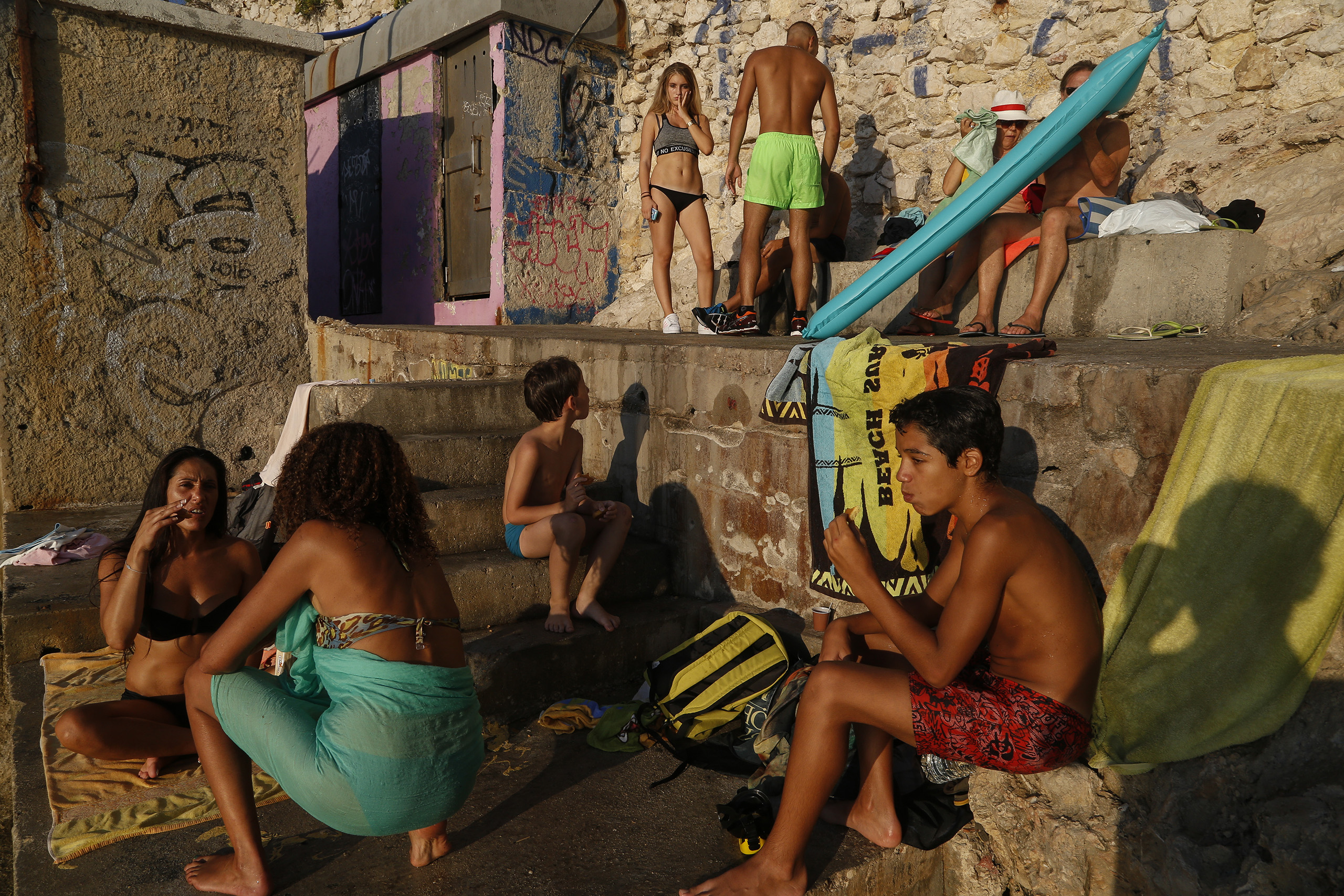
If you had to choose one lens that you would have to be using for the rest of your life, which one would that be and why?
It’s quite boring to use something for the rest of your life, isn’t it? But if I had to, I would choose some universal zoom lens, something like 24-70, because it covers most of the possibilities which you can meet on the street.
Do you ever do Street Photography with your smartphone?
Yes, I do. As I said, when I begin to be interested in street photography I had no camera except my phone. Of course these first pictures were very bad. Much later, when I bought my first smartphone (I guess it was 2014), I found that it’s quite a different game, to make pictures with it, it isn’t the same as with DSLR. It was a cheep one, and it had a comparatively poor camera, but sometimes you can consider the restrictions of an instrument as it’s artistic facilities and make a benefit from it. Now I have an Iphone SE, it’s good enough for that kind of game I play when I try to shoot with a phone.
When I shoot with a phone, I’m yet less care about a subject of a picture than with a camera. It’s an impression which matters, a pure visual joy. Of course, I’m very impressed by instagram work of Georguy Pinkhassov, at the moment at least, and you can see it in my own instagram works. But I hope I’ll be able to overcome it.
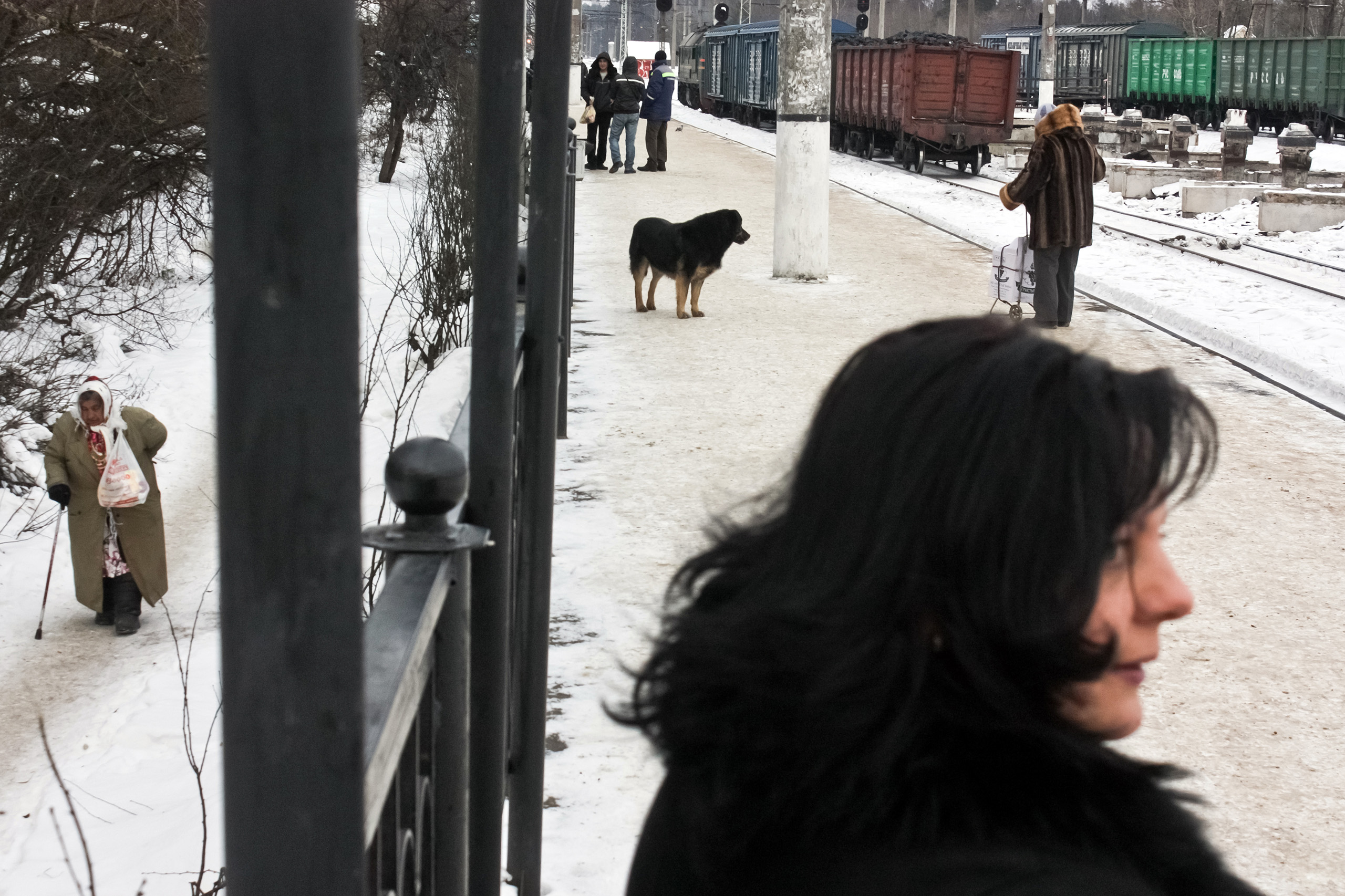
Analog and digital photography. Do you see these as alternatives to one another or the same thing?
For me there is no difference, but I’m not a big specialist in analog photography. Anyway, I think the ability to see things in personal way is much more important that the choice of the media
What, do you think, is the main reason why some photographers opt for film during the digital era we live in?
I don’t know. Maybe it’s a kind of nostalgia, a belief that old ways to do things are always better. Maybe, it’s a love to the process itself – you know, developing the film etc. Maybe it’s the thought that the film forces you to think more, there are only 36 frames in a roll, so you cannot shoot randomly. Maybe it’s a belief that if you shoot on film then it’s art and something digital cannot be art. Maybe it’s a need in something physical, in the thing which is called an original. When you shoot digital there is no original, no physical picture, but only a combination of numerals.
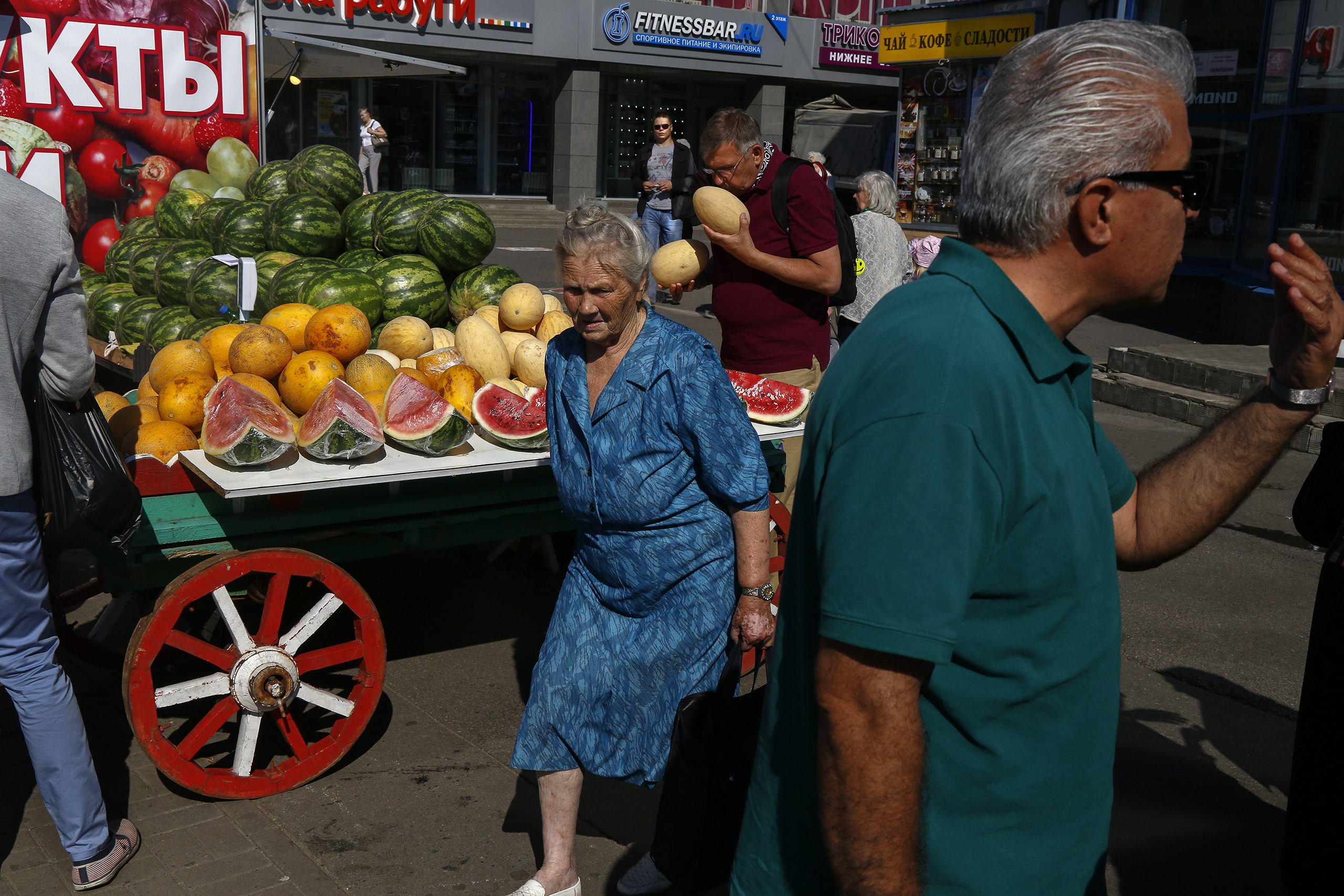
Black and white and color. Two different worlds. You decided to go color. Why ?
You know, until 70th it was quite natural to shoot in black and white, there almost was no other choice. Black and white was art, and colour was something vulgar. And, beside this, it was more easy to shoot black and white because the process was more easy, so black and white was a choice by default. Now things have changed, and colour photography is a choise by default, because a digital camera makes colour pictures.
So when I begin to shoot street it was choice by default too. But at some moment I found that I pay attention to colours, both when I make photos and when I look at other photographer’s pictures. Colours can express slightest nuances of the mood, any feeling. The world is full of colours, in the end, there is no reason to ignore it.
I understand well those photographers who shoot in black and white because they say that they don’t feel colours, or don’t believe colours. I understand also Salgado who tells that colours distract from people’s stories. Indeed, if you are concentrated on documenting true life of people, then, maybe, black and white is a good choice. I understand also Moriyama who tells that black and white is more sexual – he feels this way, why not. But I sometimes feel that I’m more interested in documenting relationships of colours in the environment, though human stories are interesting too. But the beauty of colours wins often, maybe, even too often. Anyway, I think it’s better to use all the possibilities of the media.
Do you ever shoot in Black and white ?
I did when I was a schoolboy. I had a very simple film camera, Smena 8m, and I was shooting my friends, family, environment, something that I though to be a beautiful landscapes… Of course I knew nothing about photography, mainly because internet was not yet invented and I was too lazy and unready to go find something in a library. When I was twenty I forget about photography and rediscovered it again only after many years.
Of course, shooting digitally, I made some pictures black and white, especially in the beginning, when I was not yet so consciously attached to colours. But even then it was’n often that I did it.
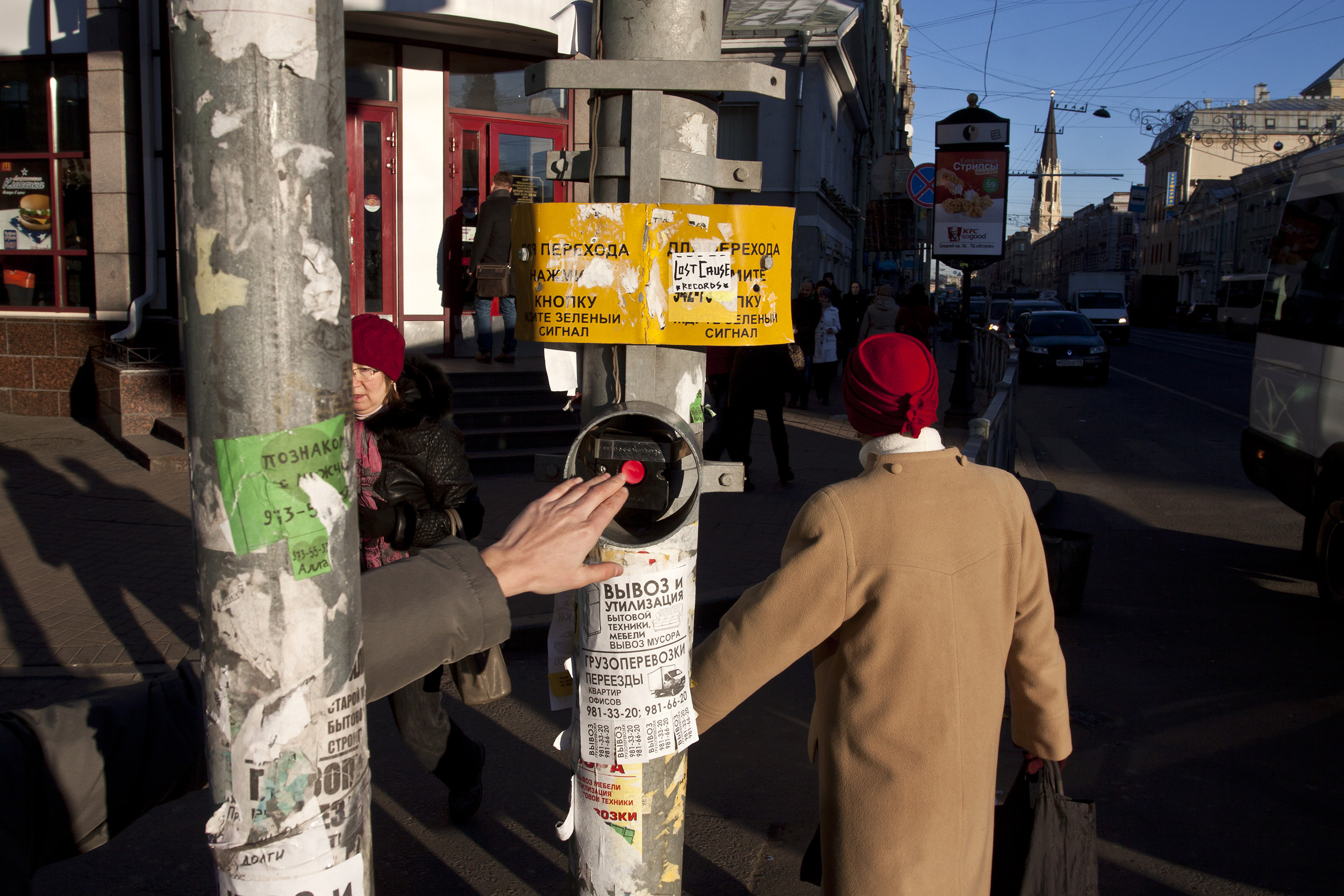
Is there a country or a city that you like to photograph more than others?
I like to do it everywhere, all places are interesting. But of course some places looks more interesting than other. Istanbul, for example, or Marseille – there is a lot of life on the street, and a lot of colours, and the light is great. China is very interesting too – I had no chance yet to travel in that country, but I visited one city near Russian border, Heihe. I was there only two days, but it was very intense two days in the sense of getting visual impressions, I think I made as many pictures there as I usually made in St. Petersburg in one month. So now I want to explore China more attentively, of course.
In the last couple of years street photography has grown a lot. What do you think is the reason for that?
I think there are two reasons and both are quite obvious. The first is digital cameras. Due to digital revolution, today cameras are more available than ever, everyone has a camera and therefore everybody are photographers. And street photography seems to be the easiest genre, you don’t need a studio and expensive gear, you don’t need to have any ideas, the only thing that you need is a camera, no matter which one. Of course you also need a good eye, and you have to be constantly dissatisfied with your pictures, you must constantly feel that you can do better. But this is not so obvious, so for a novice, and for most of the people who didn’t try it, street photography looks quite easy.
The second reason is the internet. There is established world community of street photographers, and there are some festivals, like yours, magazines and so on. And you can get any information with a moving of your finger, literally. It’s a great thing. When I was young, there was no information at all. Of course even then you could be lucky to see a great photograph and realize that this is what you want to do, or your friend could be photographer etc. But there were much less possibilities to learn that nowadays.
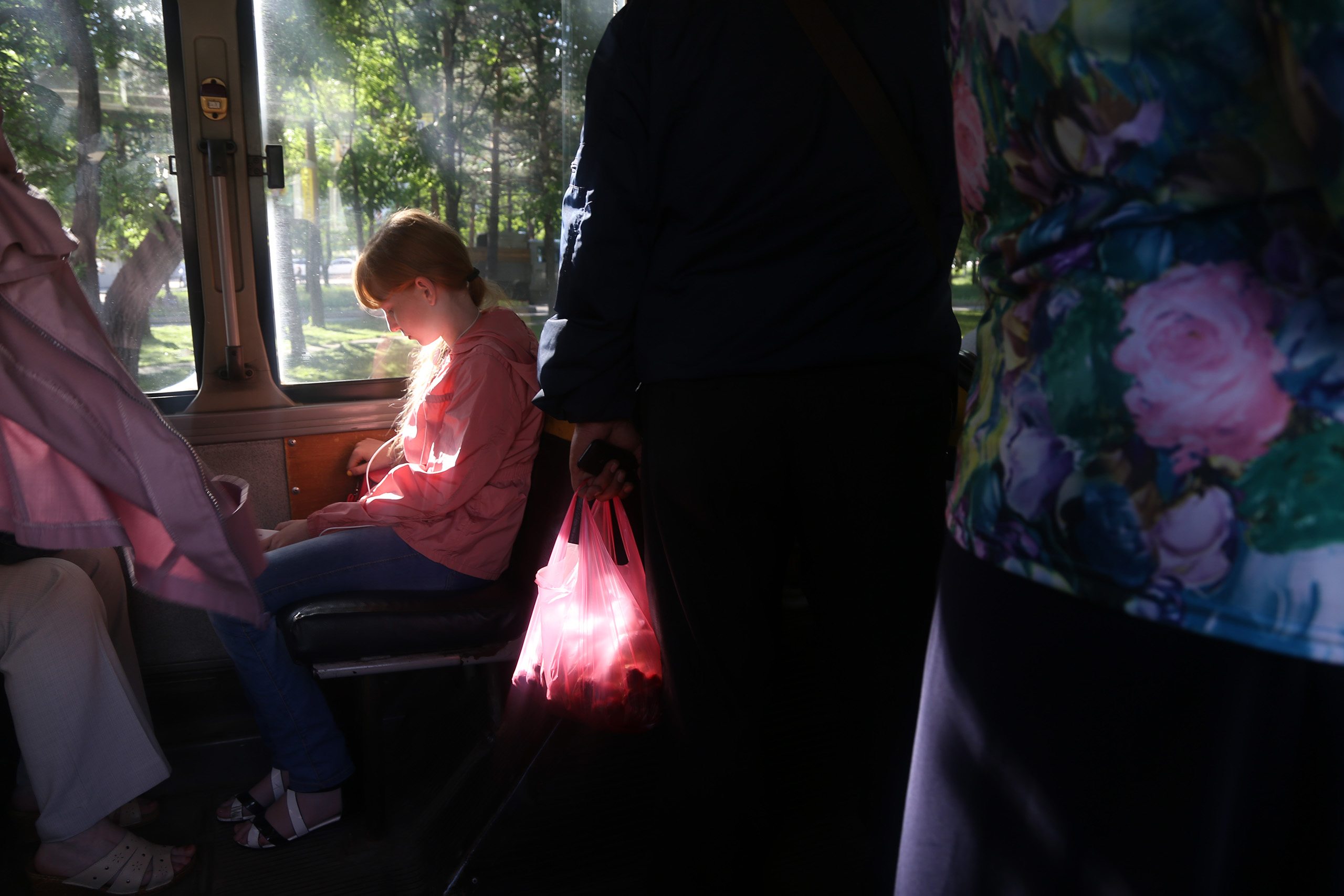
“I always loved to walk a lot and explore. I considered my whole life and my relationship with the world rather as an interesting game. And I used to write poems before starting doing street photography. All this, I think, is very good preconditions.”
When you take photos, do you ever have a theme/project in mind?
Most of the time I have not, my usual approach is to follow visual impulses and look what could happen. But, of course, when I work on a documentary project, I have a theme, though anyway I follow my impressions while shooting. I have only one street project with a specific theme, but I prefer not to speak about it until it isn’t finished
Are there any photographers or artists who inspired you or influenced your way of creating street photography?
Oh, it a very big list! As I’ve said, the initial impulse to begin shoot street for me was discovering of Matt Stuart, Nick Turpin and David Solomons work. The next influence were, for sure, Cartier-Bresson and, I guess, Sergey Maximishin. Then, of course, I can list a lot of Magnum photographers – Alex Webb, Bruno Barbey, Harry Gruyaert, Georguy Pinkhassov and so on. And I have also mention William Egglestone – everyone who shoot colours is influenced by his work, it’s inevitable, – and Jean Baudrillard (as a photographer, not as a philosopher).
And it’s more complicated to tell exactly which painters influenced me, because it hard to divide conscious influence from unconscious. When I was a child, there was a library in our home with some art books, and I often used to leaf through them. My favourits were, as I can remember, Albert Marquet, Paul Gauguin,Zinaida Serebriakova and Katsushika Hokusai, but there was a lot of different albums with reproductions, from Byzantine icons to impressionists, a lot of classical paintings, from Botticelli to Poussin, etc. I guess all this could left some marks in my mind.
When I begin doing street photography at first I looked for inspiration more in works of other photographers (listed above). But recently I noticed that last two or maybe three years my eyes are more attracted to modernist paintings. I still love Marquet and Gauguin, but now it’s quite a wide list. Paul Cezann is one of the greatest, it’s he who opened a new way of seeing things and so influenced not only most of all painters who came after him but (maybe, implicitly) most photographers too. I love Matisse, cause he is a greatest master of colours, and for the same reason Jawlensky and Gabriela Munter. To love Degas and especially Hopper is a common place between street photographers, so let’s pretend I didn’t mention them. Many other post-impressionists, August Chabaud, Malcolm Drummond, I cannot list everyone here. Last time I’m highly inspired by work of two painters, Nicolas de Stael and Richard Diebenkorn. In their paintings I love precise balance between real and abstract, they exist exactly between and that’s fantastic!
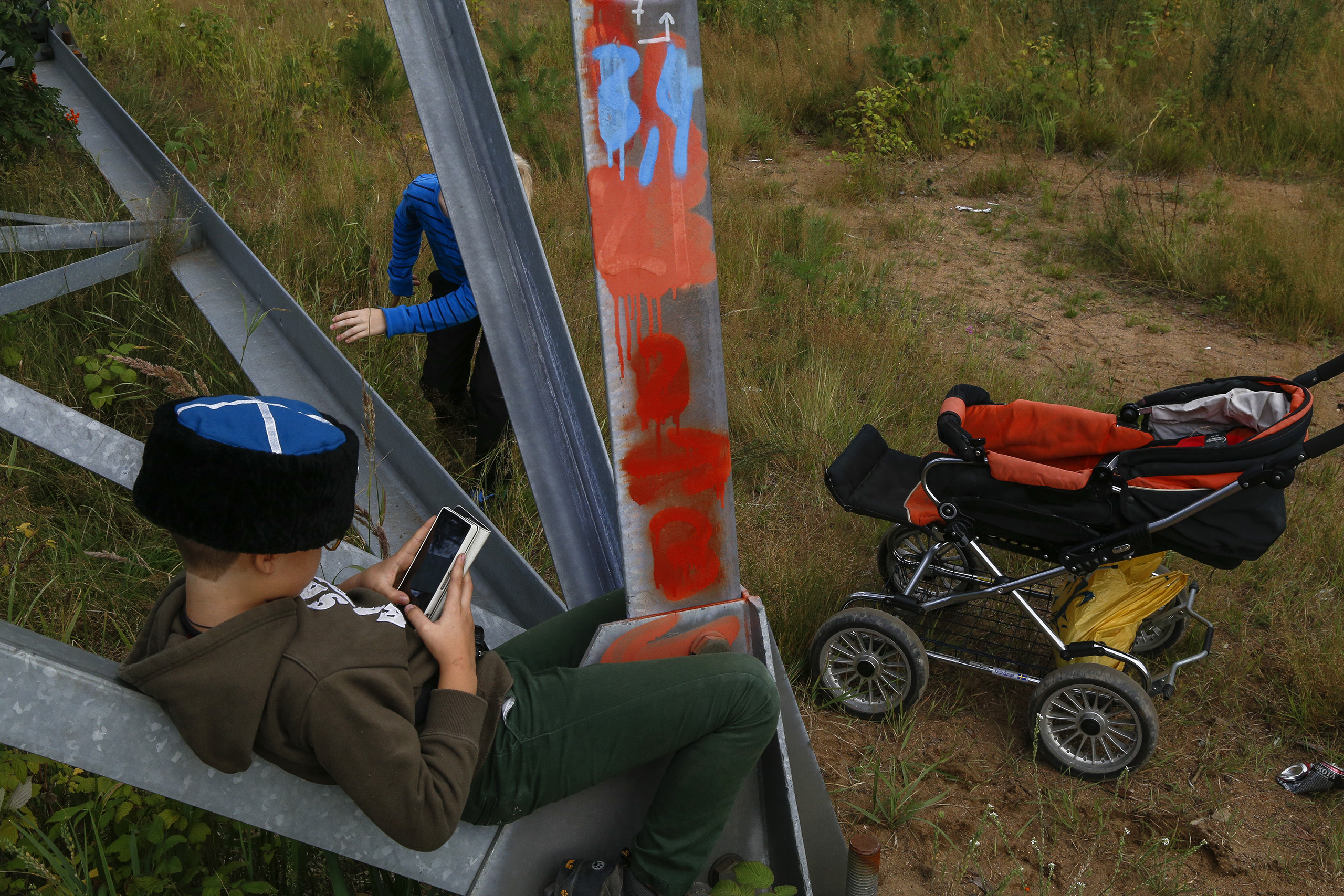
You are part of the Observe Collective. What it means to be part of a collective ?
We are a group of friends, first of all. They all are a very talented photographers as well as great personalities. Internet connects people, it’s a great time when you can have real friends in places where you probably never came. But, of course, it’s important to meet in real life. We gathered physically twice, in Iserlohn, thanks to our member Monty May who lives there and our friend, the director of Iserlohn State Gallery Rainer Danne. They do a lot of work to organize a festival in that small German town, and it’s really a very friendly and lovely one. The next Observe festival in Iserlohn is planned to 2020, so I highly recommend you not to Miss it and go there and have a nice time.
What does art mean for you? And which, do you think, are the opportunities that art can provide to the street photographers who choose to express their identity through that discipline?
You ask me for something that cannot be put in words. It’s just impossible to give an accurate answer to that question. But that it is in some sense – something what you cannot pin, something very elusive. And doing things which appears to be impossible is one of possible definition of art too, why not.
It wouldn’t be wrong to say that art is a service, a service to something that cannot be named, to this great power or great spirit which has thousands of names but all that names explain nothing. It’s said often that art is self-expressing. I don’t think so. Who is interested in your self, in the end? I think that art begins when some bigger voice, something unknown starts to manifest itself through your self, using it as a channel. So an artist is an instrument for the Spirit, and the best thing that he could do is to be a good instrument, to keep this channel clean.
Street photography in that sense is a very interesting thing. As a street photographer you have to deal with the most mundane things – with ordinary people on the same streets of the same city you use to live in. But you have to go to these streets each time as to some special, enchanted place. It’s like alchemy a bit, because alchemists searched for lapis philosophorum, or the substance which Paracelsus calls Iliastrum, in the mud, or in the dirt under their feet, they searched for the most high things in the most low substrates. This is what a good street photographer does, and this certainly is art. I love how Raghu Ray put it: “Unless a supernatural comes and plays a part and reveals itself, the picture is only as good and nice as information can be”. Of course, it could refer not only to photography, but to painting, and music, and poetry as well.
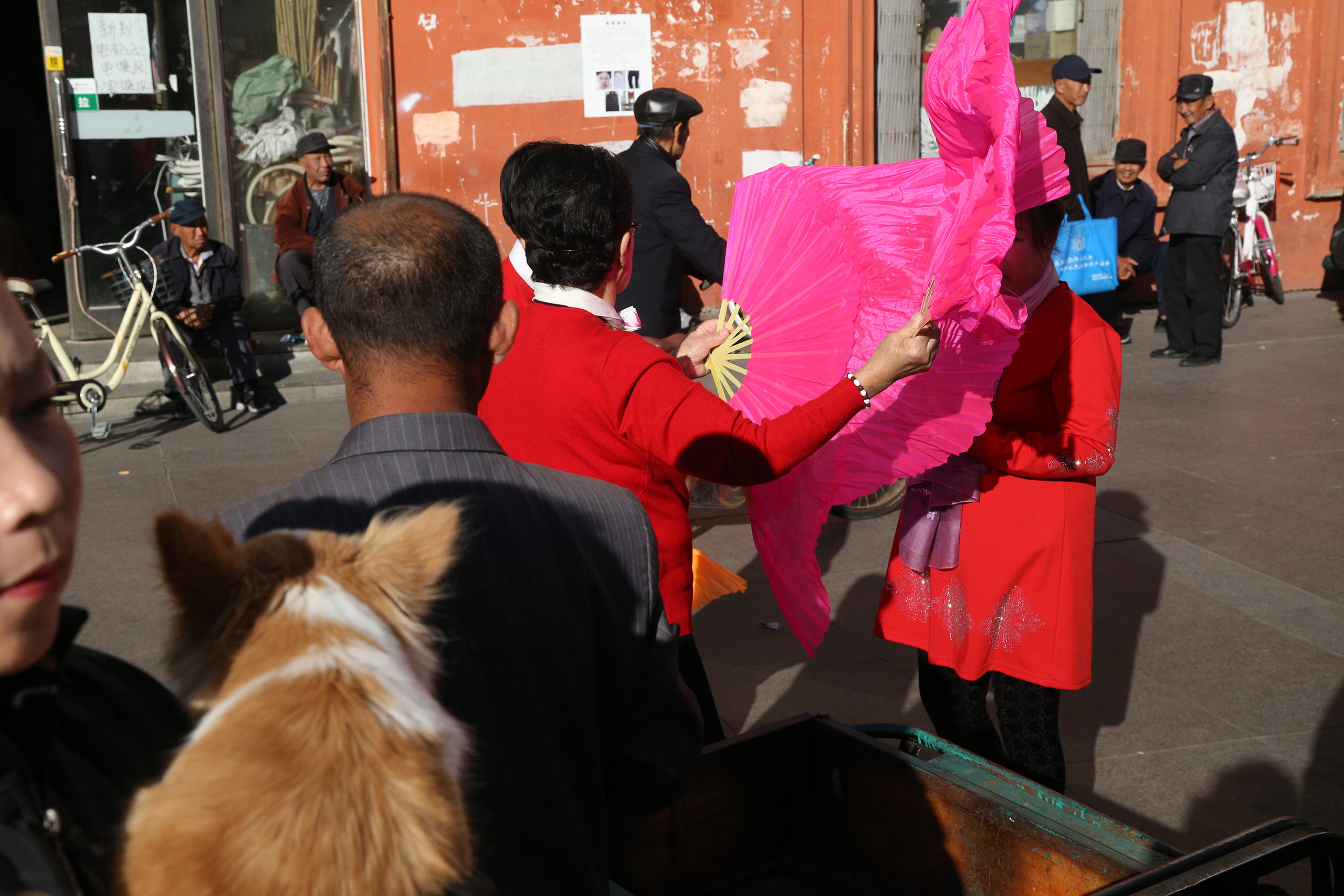
Are you currently working on any project?
Yes, I do, but, as I’ve said, I prefer not to speak about unfinished projects.
Which are your favorite photography books?
I love photography books but I am not a great collector, alas. But I love all book that I have and I constantly look for some new. At the moment the book which I review most often is Harry Gruyaert’ “The Red Book”. Pinkhassov’ ”Sophistication. Simplification” is very inspirational too. “Istanbul” and “The suffering of light” by Alex Webb, “Poland” by Bruno Barbey, “The way into India” by Raghubir Singh, “Glasgow” by Raimond Depardon… “The last Testament”, last book of Jonas Bendiksen, is great too. I love also his “Satellites”, it”s very beautiful, but unfortunately I don’t have this one.
What advice would you give to someone who is starting to do street photography?
Find your own voice, fight for finding your own voice. You know, it’s pretty easy to go out and make some street photographs. And it’s enough for most of people to think they are good. But look as all this contemporary stream of images we have in social medias – some of them are good, but there are millions of pictures that even are not bad, they are just trivial. So I think avoiding banality is very important. It’s a very easy to think when you are photographing something – is it indeed something unique? Well, it seems to be interesting to me, I’ve never seen something like that before. But If I imagine for a second the whole world, with all that photographers in all it’s cities prowling about in search of a picture, then, is it still interesting? How high is the possibility that some other photographers in other places at the same moment, or at any other moment watch something very similar and guess, too, that they observe something unique and very interesting? Ask yourself that question and if you think it’s high enough, don’t shoot this pictures (or, which is yet better, shoot but never show them to the audience).
On the other hand, to be influenced by other people’s work isn’t a bad thing, it’s how we all learn, actually. I like how Henri Matisse put it: “For my part I have never avoided the influence of others. I would have considered it cowardice and a lack of sincerity toward myself.” So it’s important to find a balance, to discover a very thin edge between being influenced and impacted by great photographs and paintings and between constant fight for finding your own voice. I believe also it’s important never to stop, never think that you’ve found it for the rest of your life. An artist have to be always hungry for something new.
ILYA SHTUTSA BIOGRAPHY
Born 1972, Russia
Started to make street photographs in 2009. In 2010-11 worked as a stuff photographer in Molodoy Dalnevostochnik newspaper in Khabarovsk. In 2011, after moving to St, Petersburg, studied documentary photography ay Andrey Chepakin’s phtography school. Later worked part time in Nevskoe Vremia newspaper in St. Petersburg. In 2015-16listened to Sergey’s Maximishin cours “Photographer as a storyteller” in Zech photoschool.
SELECTED AWARDS
Shortlisted in International Street Photography Award 2012, 2013, Miamy Street Photography Festival 2013, winner Urban Picnic Street Photography competition 2014, Bangkok Street Photography Festival 2018.
SELECTED EXHIBITIONS
Solo exhibition
Saint-Petersburg, Baltic media center, 2014, museum of varezhka, 2014 «Childhood in epaulets» (with Anna Arsenieva)
Saint-Petersburg, Mayakovsky library, 2014, “Dreammaker apprentice”
Collective shows
Eastreet 1,2,4 (Street photography from eastern Europe)– Lublin, Poland, 2012, 2013, 2017
Observe collective exhibition 1 and 2 – Iserhlon, Germany, 2015, 2017
Innervisions 1 and 2 – many places in Russia, 2015, 2016
Modernfoto.info annual shows – Saint-Petersburg, 2012-2015, Stokholm, 2013
The best photographs of Nevskoye Vremya newspaper – St. Petersburg, 2017
A member of jury in Brussels Street Photography Festival 2017
Ilya Shtutsa Links:
Instagram: @shtutsa_photo
Observe Collective: www.observecollective.com/Ilya-Shtutsa

